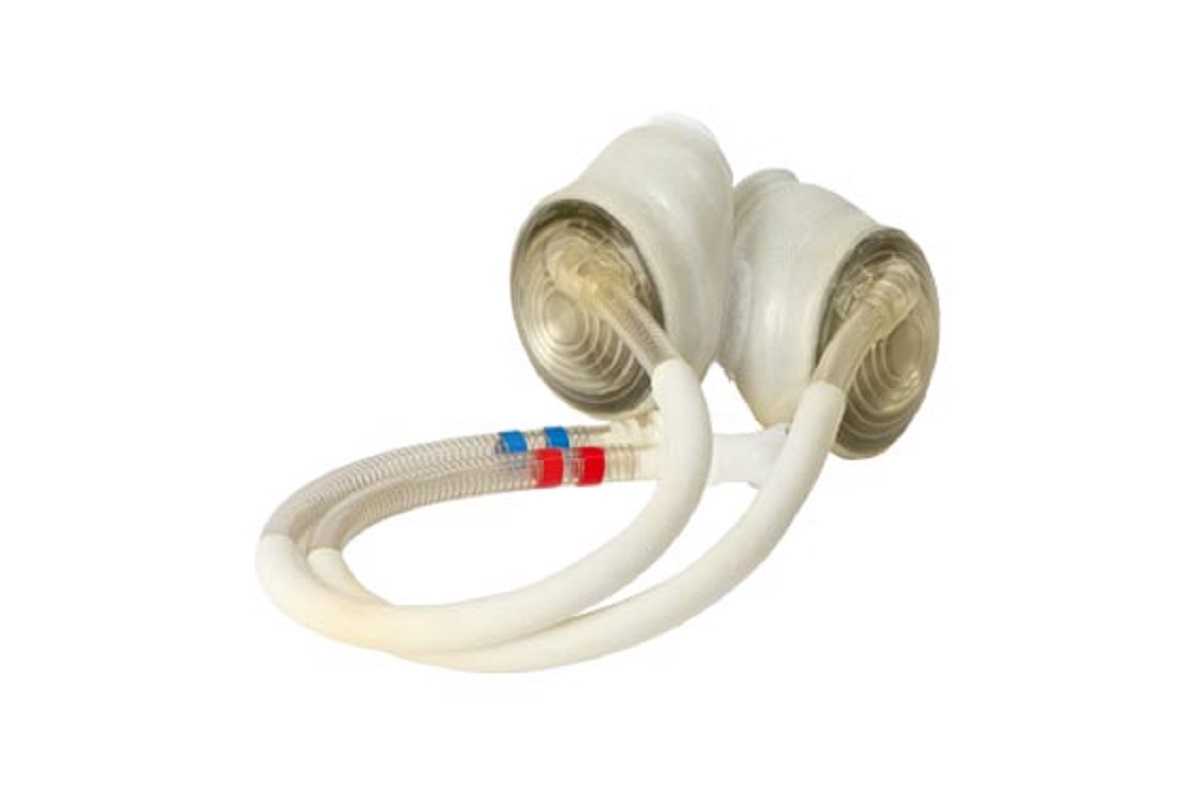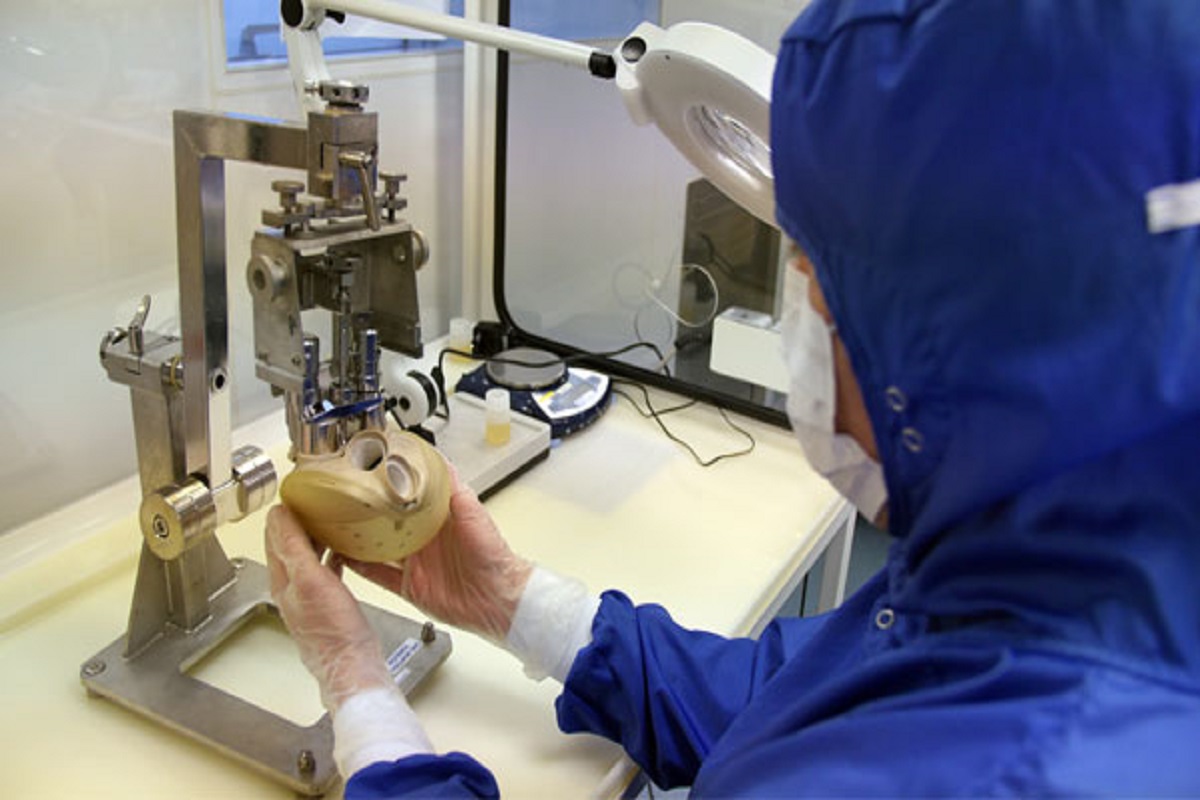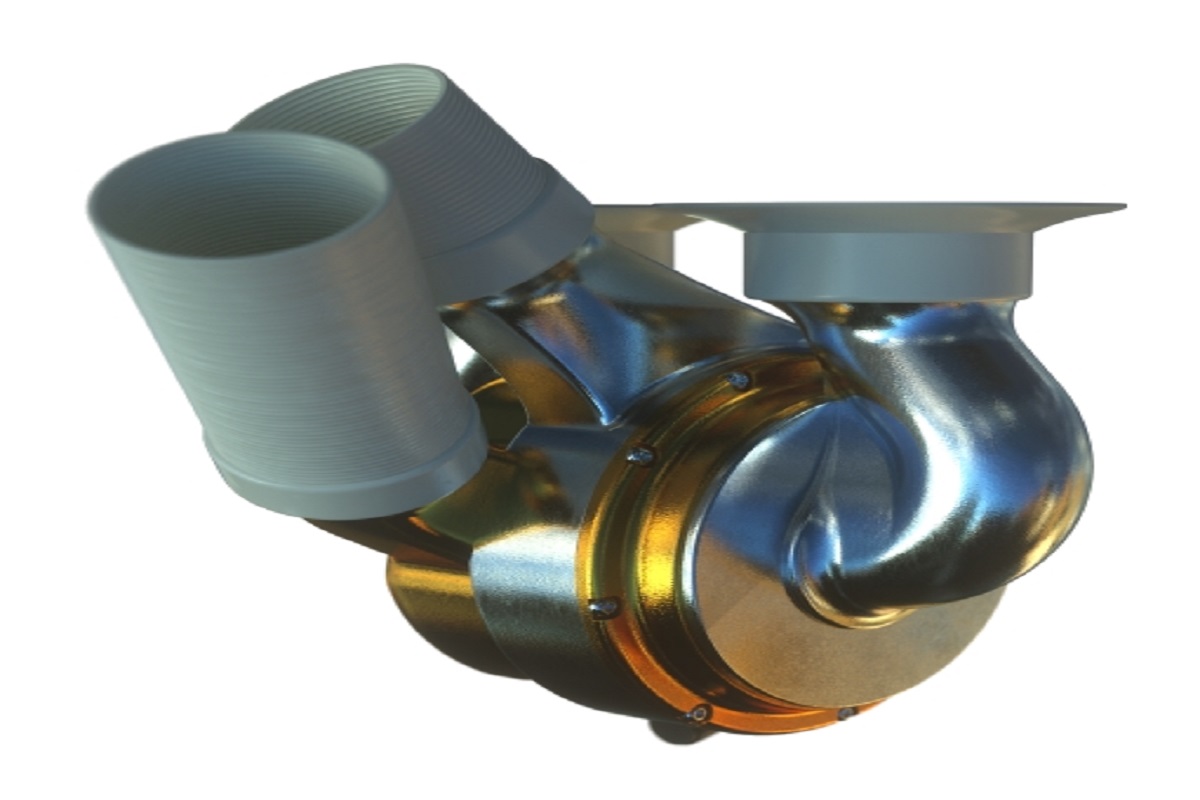According to WHO, the leading cause contributing to the human mortality rate globally is heart related illnesses.
It is projected that 17.9 million people die from cardiovascular illnesses every year around the world, with heart attacks and stroke accounting for 85% of these deaths.
One of the most common causes of heart attacks and strokes is a sedentary lifestyle. Contributing factors include excessive alcohol intake, a poor and imbalanced diet, undiagnosed hypertension, diabetes, and obesity.
Another factor that contributes to heart attacks and strokes is blockage of blood vessels that prevents healthy flow of blood throughout the body. The accumulation of fat around blood channels carrying blood to the organs is one of the leading causes of heart ailments.
It is very crucial to educate people about the harms of bad heart health and spread awareness on a community level. The wider populace must be aware about how to monitor blood sugar levels and cholesterol intake, and be alert for signs like persistent chest pain, an irregular heartbeat, elbow or left shoulder pain, or discomfort in the arms or back.
Numbness in the arms or legs, especially on one side of the body, dizziness, difficulty speaking, loss of balance, or a severe headache with no apparent explanation are the most typical early signs pointing towards a possible stroke.
In addition to using medications for treatment, in rare circumstances, doctors perform surgery to treat a heart condition.
With each passing day, the medical procedures and medicine regimes are changing rapidly for different cardiovascular complications. There is a lot of advancement in medical equipment which has made complicated heart treatments possible.
Here are some new state-of-the-art techniques that are now being used for treatment of severe heart complications:
Cardiac catheterization: It is a treatment used to detect or treat certain heart diseases, such as blocked arteries or irregular heartbeats, by guiding a thin, flexible tube (catheter) through a blood vessel, passing through the aorta, into the heart.
Doctors can learn vital details about the heart’s blood arteries, heart valves, and muscle through cardiac catheterization. Doctors can perform a variety of heart tests, provide treatments, or remove a sample of heart tissue for close study during cardiac catheterization.
Cardiac catheterization is used during some heart disease therapies, including coronary angioplasty and coronary stenting. In most cases, you’ll be awake throughout a cardiac catheterization, but in some cases, the medical team administers some sedatives. A cardiac catheterization has a short recovery period and low risk of complications.
Since its inception, modern medical science has been working to develop devices that can replace and replicate the heart’s natural functioning.
Additionally, the subject of cardiovascular engineering has witnessed some engineering wonders over the past ten years.
The SynCardia: It belongs to the heart replicating family of medical devices known as Total Artificial Heart (TAH). It has been duly approved by the Food and Drugs Association (FDA), USA. SynCardia is a pulsatile,
pneumatically powered system that can handle blood flows greater than 9 liter/min, while normal rate of blood flow in a healthy person is 5 liter/min. Patients who are at a greater risk of heart stoppage due to irreversible biventricular malfunction, the TAH is indicated for use as a Bridge To Transplantation (BTT).

TAH is acclaimed to have obtained a BTT rate of more than 79% in various decisive trials aimed to receive approval from FDA. In a recent multi-center post-market approval research, a comparable BTT rate was also shown.
Over 1100 TAHs have already been implanted, a significant milestone for the heart replicating devices, with the majority of implantation taking place at an ever-increasing rate over the last few years.
Carmat: Heart transplantation has always been considered as the most effective treatment to address irreversible heart damage. However, because of a lack of donors, the possibility of this therapy is limited with only around 5,500 patients receiving transplants annually.
Mechanical circulatory support (MCS) systems were created as a result of this supply-demand imbalance.The goal of Carmat is to offer a long-term treatment for end-stage biventricular heart failure, of which a heart transplant is still the only alternative therapy that is truly successful.

Aeson is a medical device that can be actively implanted and is designed to replace the native heart’s ventricles in cases of severe heart failure. The machine is powered by electrohydraulics and has a heart-like form. Once linked, the Aeson mimics the actions of a healthy heart, supplying mechanical circulatory support and reestablishing healthy blood flow throughout the body.
Active implantable technology called Aeson is ONLY commercially available in Europe under the name CARMAT SA, CE0344. Ventricles are supposed to be replaced by the Aeson TAH. In patients with end-stage biventricular heart failure (INTERMACS classes 1-4), who are not responsive to LVAD or maximal medical therapy and are expected to have heart transplant within 180 days of device placement, it is advised as a bridge to transplant.
Healthcare experts who have been trained by the manufacturer must decide whether to implant and perform the surgery.
BiVACOR: The BiVACOR is another TAH which is intended to be a long-term device that can completely replace the native heart of the patient. The small, portable device delivers the necessary cardiac output using tried-and-true rotary blood-pump technology.
A magnetically levitated rotor is part of the BiVACOR system, sandwiched between two pump casings. The left and right impeller blades, which are positioned on either side of the revolving hub, are the essential component that makes it possible for this machine to support both the left and right sides of the heart.

An electromagnetic motor and bearing setup on top of the pump casings rotates and levitates the hub. A differential fluid output can be used to fine-tune the circulation thanks to the dedicated hydraulic design of the impellers and cutting-edge magnetic levitation (MAGLEV) technology.
The inside gadget is powered by an external controller, batteries, and a percutaneous driveline














